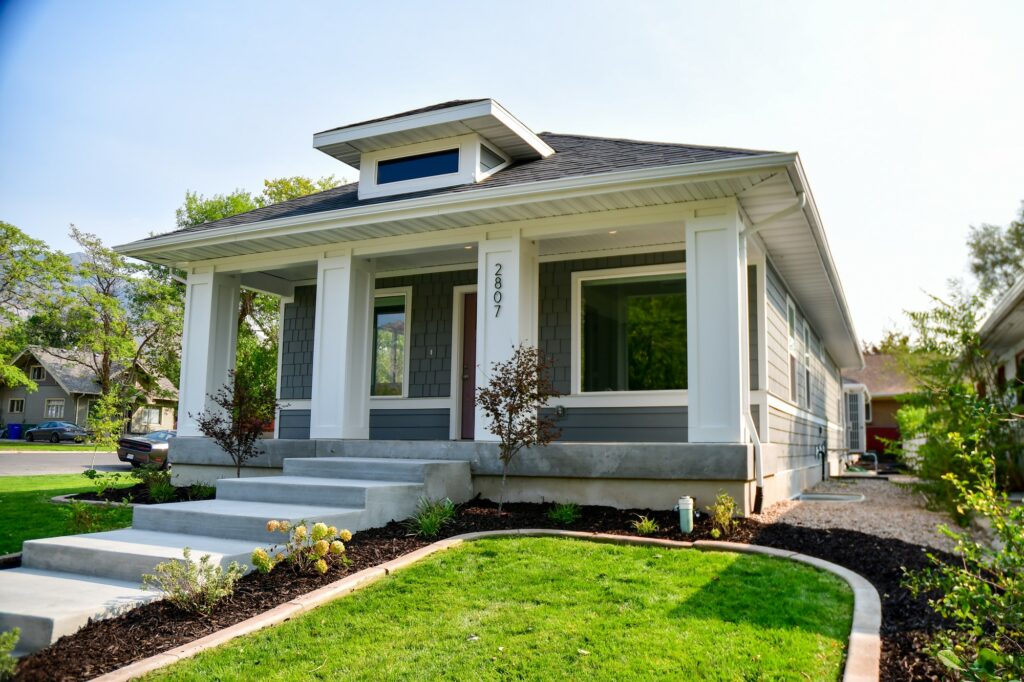
Students from the Department of Construction and Building Sciences at WSU, led by Professor Jeremy Farner and project manager Janae Thomas, recently built a Net-Zero Energy efficient home.
The home was built with the help of various sub-contractors and is a top 10 finalist in the 2020 Department of Energy Solar Decathlon collegiate competition.
“Fifty-plus students, 20-plus subcontractors, Ogden City and so many more folks benefitted from the education, the in-field training and energy efficiency advances this home showcases,” Thomas said. “These are the game changers of the future.”
Located at 2087 Quincy Ave., the home was built on a lot that sat vacant for 10 years. Ogden City agreed to make the lot available to show its commitment to revitalizing historic neighborhoods.
Students and the supervisors began construction on the home in early January and worked hard on the project for almost two months. In March, the outbreak of COVID-19 created a serious stumbling block for the crew.
“We were going just fine until March hit and COVID kicked our butt,” Farner said.
To protect the health and well-being of students working on the project, university leaders said students could no longer assist with the project.
Despite the loss of the majority of the working crew, Thomas and Farner were able to complete the home with the assistance of subcontractors.
The home is outfitted with many sustainable and energy-efficient features highlighted by the 39 rooftop solar panels.
Farner says the panels generate enough energy to not only power the home but to also run an electric car for up to 20 miles per day.
In the state of Utah, where the majority of electricity comes from burning coal, the home’s ability to generate its own electricity benefits the environment by eliminating potential greenhouse gas emissions and puts money in the pocket of its future owner.
“It’ll cost around $100 annually to power this home,” Farner said. “A more traditional home will probably cost you roughly $1,000 to $1,300 to power annually. So you’re saving money the second you move into the home.”
Now that it is completed, the home is listed on the market and will be available for bids until Oct. 1.
With 2,540 square feet, six bedrooms, two full bathrooms and a full basement, the house is listed at $345,000. The price is enough to just recoup the cost of construction.
Parties who submit offers on the home get their names put in a drawing on Oct. 9. The drawing will determine what party gets the home.
The money will go into a revolving fund so students can build more homes like this one in the future. This will allow students to have hands-on experience with the latest sustainable building techniques and materials.
“We have to build differently than in the past,” Thomas said. “Our air quality depends on better built housing, thoughtful city planning and emphasis in energy efficiency.”
As for the 2020 Department of Energy Solar Decathlon competition, the crew must wait until April to hear whether or not the home has won the competition; but, until then, Thomas says they have their fingers crossed.



















